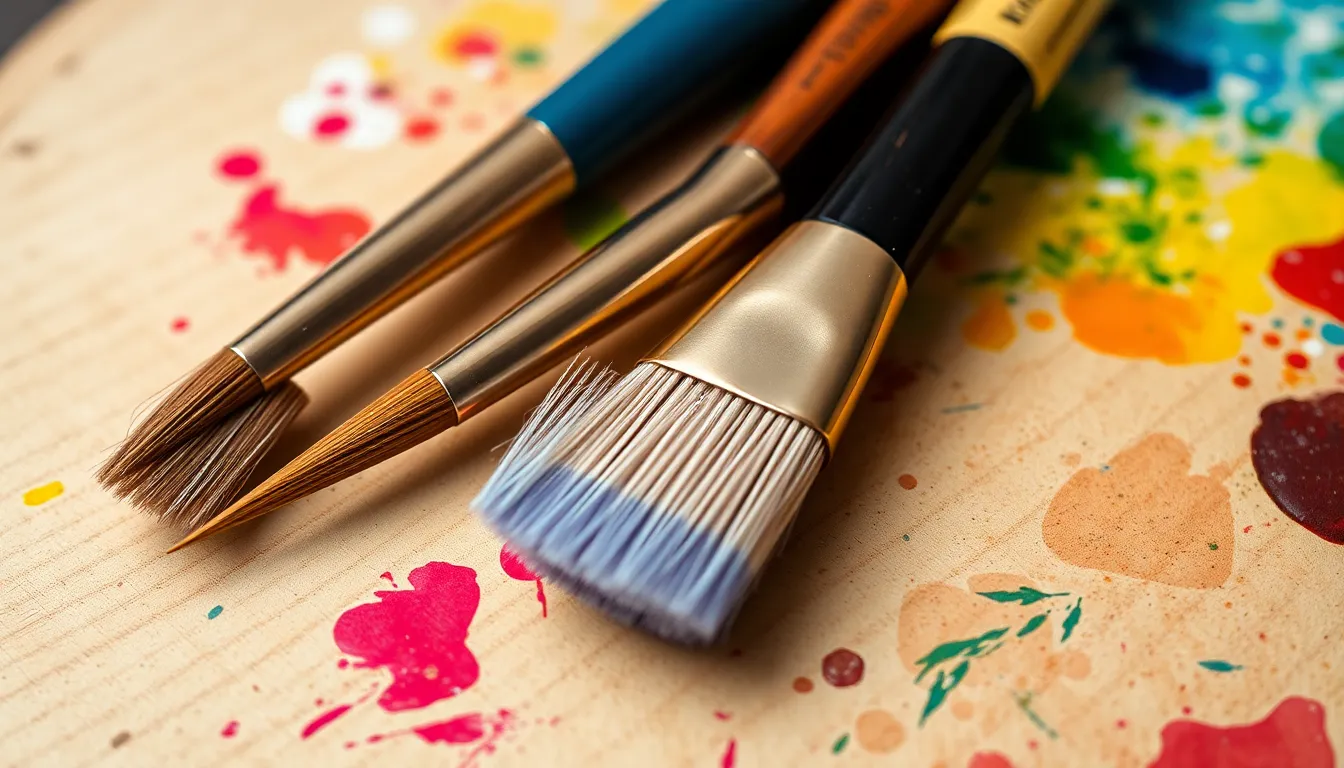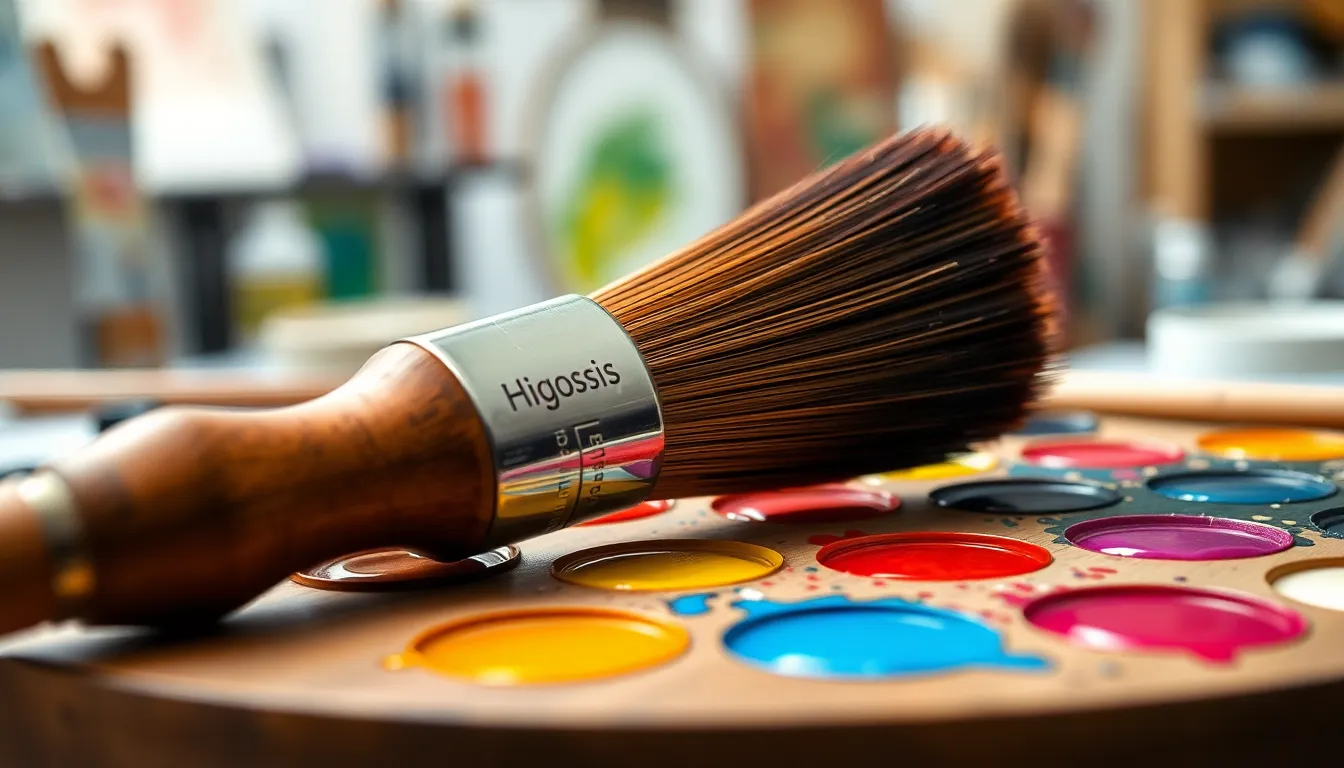Higossis brushes have gained popularity among artists and professionals for their exceptional quality and performance. But what exactly makes these brushes stand out? Understanding the materials that compose Higossis brushes can shed light on their durability and effectiveness in various applications. Crafted with precision, Higossis brushes typically feature a blend of synthetic and natural fibers. This combination not only enhances their versatility but also allows for a smoother application of paint or other mediums. Whether it’s for watercolor, acrylic, or oil, the unique composition of Higossis brushes ensures that they meet the demands of both novice and experienced creators alike.
What Are Higossis Brushes Made Of
Higossis brushes are renowned for their exceptional performance and quality, largely due to their unique composition of synthetic and natural fibers. This combination enables artists to achieve smooth applications across various mediums effectively.What Are Higossis Brushes?
Higossis brushes consist of both synthetic and natural materials, providing strength and flexibility. The synthetic fibers offer durability, while the natural fibers ensure a luxurious feel on the canvas. This synergy allows for optimal paint retention and delivery, which enhances the overall artistic experience. Higossis brushes cater to a wide range of techniques, making them versatile tools for artists.Types of Higossis Brushes
Higossis brushes come in several types, each designed for specific applications. The main types include:-
- Round Brushes: Ideal for detail work, these brushes come with a pointed tip that enables precision and control.
-
- Flat Brushes: These brushes have a rectangular shape, suitable for broad strokes and filling large areas efficiently.
-
- Filbert Brushes: Featuring a combination of round and flat shapes, filbert brushes are versatile for blending and curving techniques.
-
- Fan Brushes: Their unique fan shape helps create textures and soft edges, perfect for foliage and other natural elements.
-
- Detail Brushes: Small and fine, detail brushes excel in intricate designs and fine lines.
Materials Used in Higossis Brushes

Bristle Composition
Higossis brushes include a blend of synthetic and natural fibers in their bristles. Synthetic fibers offer durability and resilience, allowing brushes to withstand rigorous use without damage. Natural fibers, such as sable or hog bristle, add a luxurious touch, providing excellent paint retention and smooth application. The unique combination allows for flexibility while maintaining strength, making these brushes suitable for various techniques, from broad strokes to fine details.Handle Materials
Higossis brush handles are typically crafted from high-quality hardwoods or eco-friendly synthetic materials. Hardwood handles provide a comfortable grip and an elegant look, which enhances the overall painting experience. Synthetic handles, designed for lightweight handling and durability, ensure that artists can work for extended periods without discomfort. Both types of handles are ergonomically designed to optimize control and prevent fatigue, catering to the diverse needs of artists.Benefits of Higossis Brushes
Higossis brushes offer numerous advantages, primarily attributed to their quality composition and innovative design. These benefits manifest in performance and durability, enhancing the overall artistic experience.Performance Advantages
Performance stands as a key benefit of Higossis brushes. The unique combination of synthetic and natural fibers allows for exceptional paint application. Artists can achieve smooth strokes and vibrant color blends. Synthetic fibers ensure superior elasticity, enabling precise control. Natural fibers optimize paint retention, delivering an even application across various mediums, such as acrylics and oil paints. The diverse range of brush types, including round and filbert, caters to different techniques and styles, empowering artists to express their creativity without limitations.Durability Factors
Durability forms another significant advantage of Higossis brushes. The thoughtful blend of materials enhances longevity, mitigating wear and tear from frequent use. Synthetic fibers provide resistance to damage, maintaining their shape and performance over time. Natural fibers, such as hog bristle, contribute to resilience during rigorous application. Additionally, high-quality hardwood or eco-friendly synthetic handles ensure structural stability while providing a comfortable grip. This focus on durability allows artists to invest confidently in brushes designed for long-term performance, supporting their creative endeavors for years.Caring for Higossis Brushes
Caring for Higossis brushes ensures their longevity, performance, and quality. Proper cleaning and storage techniques preserve the unique composition of their bristles and handles.Cleaning Tips
-
- Rinse brushes immediately after use with lukewarm water to remove paint and prevent drying.
-
- Use mild soap or brush cleaner to gently lather the bristles, avoiding harsh chemicals that may damage fibers.
-
- Rinse thoroughly until the water runs clear, ensuring all cleaning agents are removed.
-
- Reshape the bristles while wet to maintain their original form, preventing splaying or misalignment.
-
- Lay brushes flat or hang them upside down to dry, preventing moisture from seeping into the ferrule which can lead to damage.

- Lay brushes flat or hang them upside down to dry, preventing moisture from seeping into the ferrule which can lead to damage.
Storage Recommendations
-
- Store brushes upright in a holder or container with bristles facing up to protect their shape.
-
- Keep brushes away from direct sunlight or high humidity to avoid deterioration of materials.
-
- Separate brushes by type or size to prevent bristle damage and maintain organization.
-
- Avoid storing brushes in a closed drawer where they may become deformed by pressure or heat.
-
- Use a protective case for travel or transportation to maintain integrity during movement.

